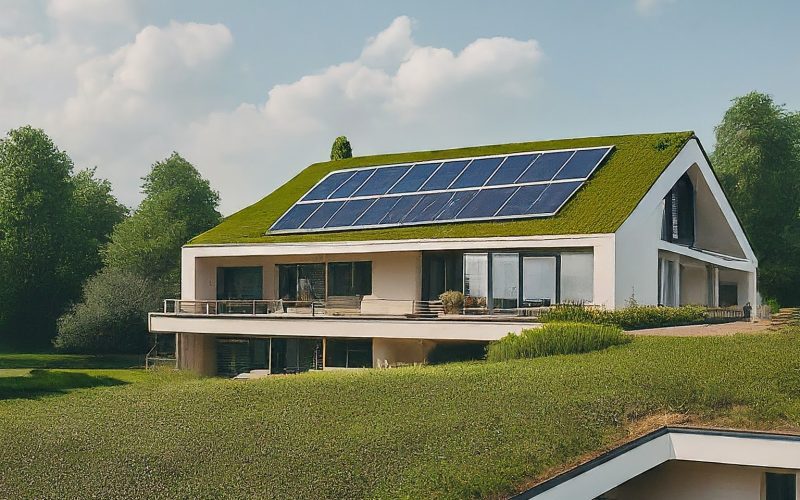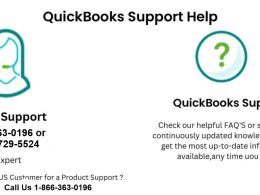Introduction
I’m Sarah, a green building enthusiast and realtor with over 15 years of experience. Over the course of my career, I’ve seen a dramatic shift in the housing market – a surge in demand for sustainable homes. Whether you’re a homeowner looking to increase your property value or an environmentally conscious investor, incorporating green building practices is a strategic move that benefits you and the planet.
This article delves into the numerous advantages of eco-friendly construction and renovations, offering valuable insights for homeowners and real estate investors alike. We’ll explore the cost-saving benefits, the environmental impact, and the undeniable boost green building can give to your property’s resale value.
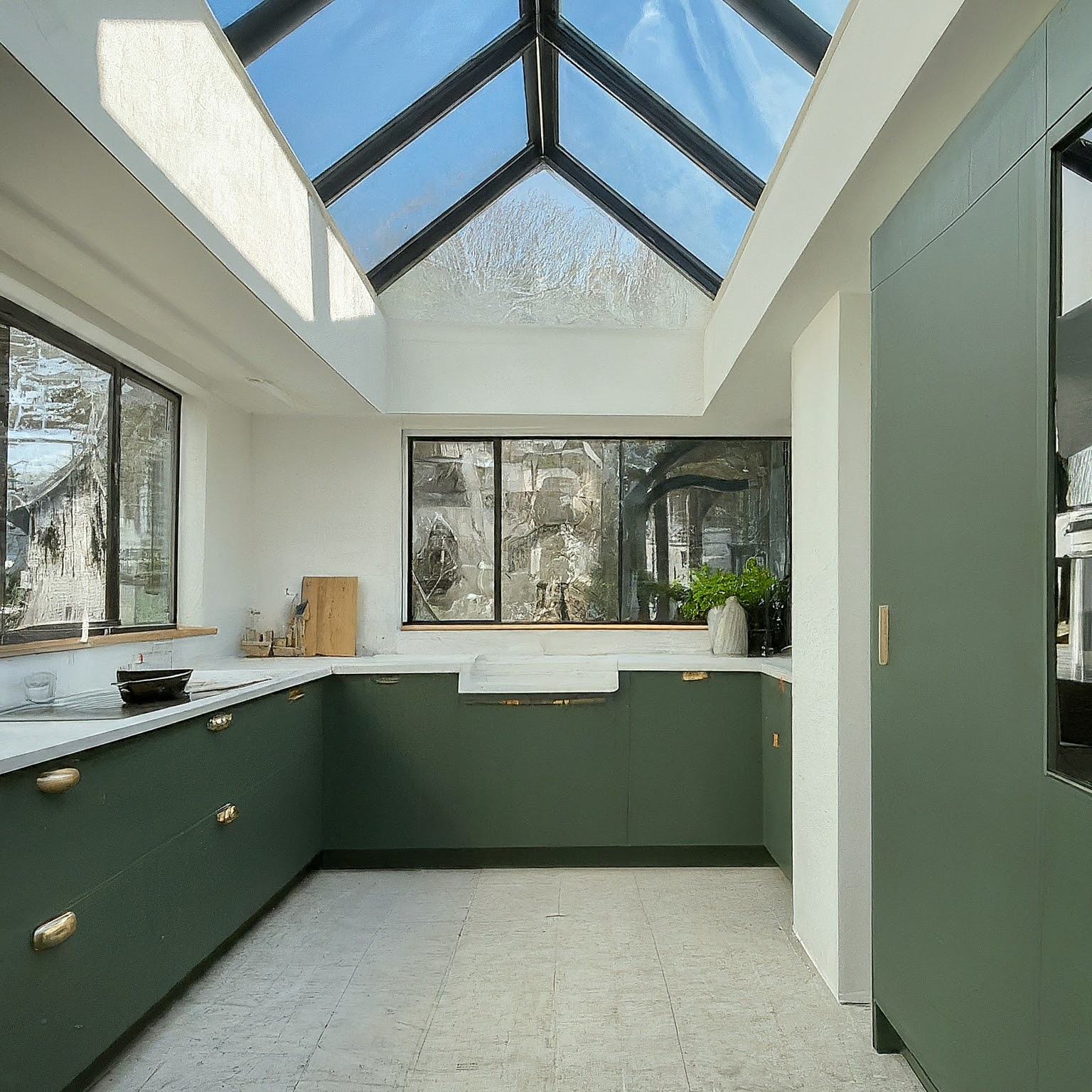
Why Go Green? The Compelling Case for Sustainable Homes
There’s a multitude of reasons to embrace green building principles. Let’s explore some of the most compelling ones:
-
Financial Advantages: Energy-efficient features like solar panels and improved insulation translate to significant reductions in your utility bills. According to the National Renewable Energy Laboratory (NREL), a U.S. Department of Energy lab, installing solar panels can result in lifetime savings of tens of thousands of dollars on electricity costs for homeowners. Additionally, many government programs offer financial incentives for sustainable building practices. The Database of State Incentives for Renewables & Efficiency (DSIRE) provides a comprehensive list of these programs by state.
-
Environmental Impact: Green buildings are champions of resource conservation. They minimize water consumption, reduce greenhouse gas emissions, and prioritize the use of sustainable materials. By choosing eco-friendly materials and fostering responsible construction methods, you contribute to a healthier planet for all. The U.S. Green Building Council (USGBC) estimates that green buildings can help reduce water use by up to 30% and decrease construction waste by up to 50%.
-
Increased Resale Value: Studies consistently show that green homes sell faster and for a higher price compared to conventional properties. A 2021 report by the National Association of Home Builders (NAHB) revealed that 72% of buyers are willing to pay a premium for a sustainable home. As sustainability becomes a top priority for more homebuyers, a green property becomes an increasingly attractive investment.
-
Improved Health and Comfort: Green buildings promote a healthier living environment for you and your family. They achieve this by focusing on improved ventilation and the use of non-toxic materials, which leads to better indoor air quality. The Environmental Protection Agency (EPA) recognizes the importance of indoor air quality, linking it to respiratory problems, allergies, and even chronic diseases.
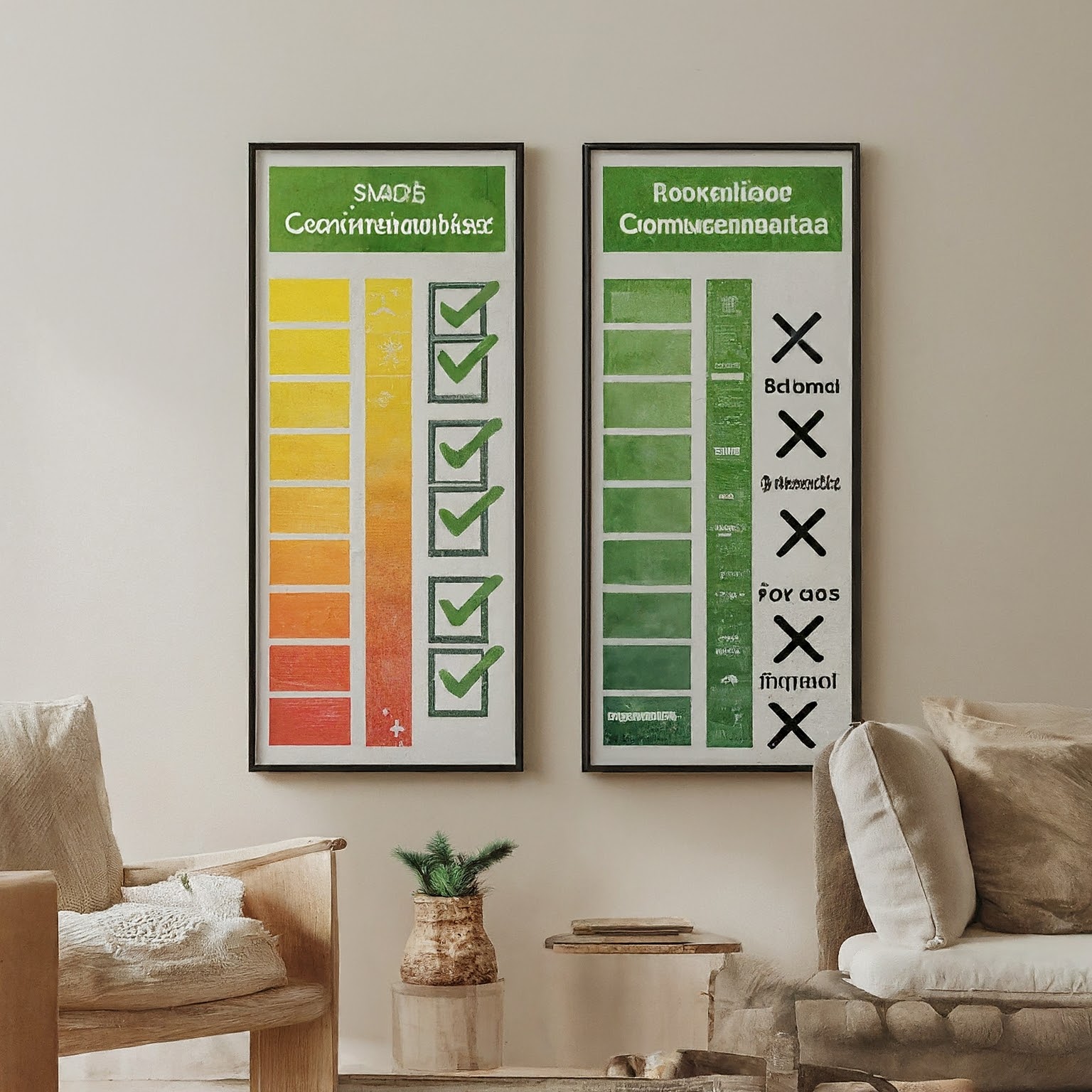
Green Building Features for Every Budget
While some may believe that green building is an exclusive practice reserved for the wealthy, that’s simply not the case. There are a variety of eco-friendly features you can incorporate into your home, regardless of your budget. Here’s a table outlining various green building features, categorized by their budget range:
| Feature | Budget | Description |
|---|---|---|
| Low-Cost | Affordable | Programmable thermostats, LED lighting, low-flow faucets and showerheads |
| Medium-Cost | Moderate Investment | Energy-efficient appliances, water-saving landscaping, improved insulation |
| High-Cost | Significant Investment | Solar panels, rainwater harvesting systems, geothermal heating and cooling |
Remember, even small changes can make a significant difference. Start by incorporating low-cost features and gradually build upon them as your budget allows. Every green step you take adds value to your home and contributes to a more sustainable future.
Green Building vs. Conventional Building: A Clear Distinction
Let’s take a closer look at the key differences between green and conventional buildings through a side-by-side comparison:
| Feature | Green Building | Conventional Building |
|---|---|---|
| Energy Efficiency | High | Low |
| Environmental Impact | Reduced | Higher Emissions |
| Utility Bills | Lower | Higher |
| Resale Value | Higher | Lower |
| Indoor Air Quality | Improved | Potentially lower |
As you can see, green building offers a multitude of advantages over conventional construction methods. By prioritizing sustainability, you’re not just making a smart financial decision, you’re creating a healthier and more environmentally responsible living space.
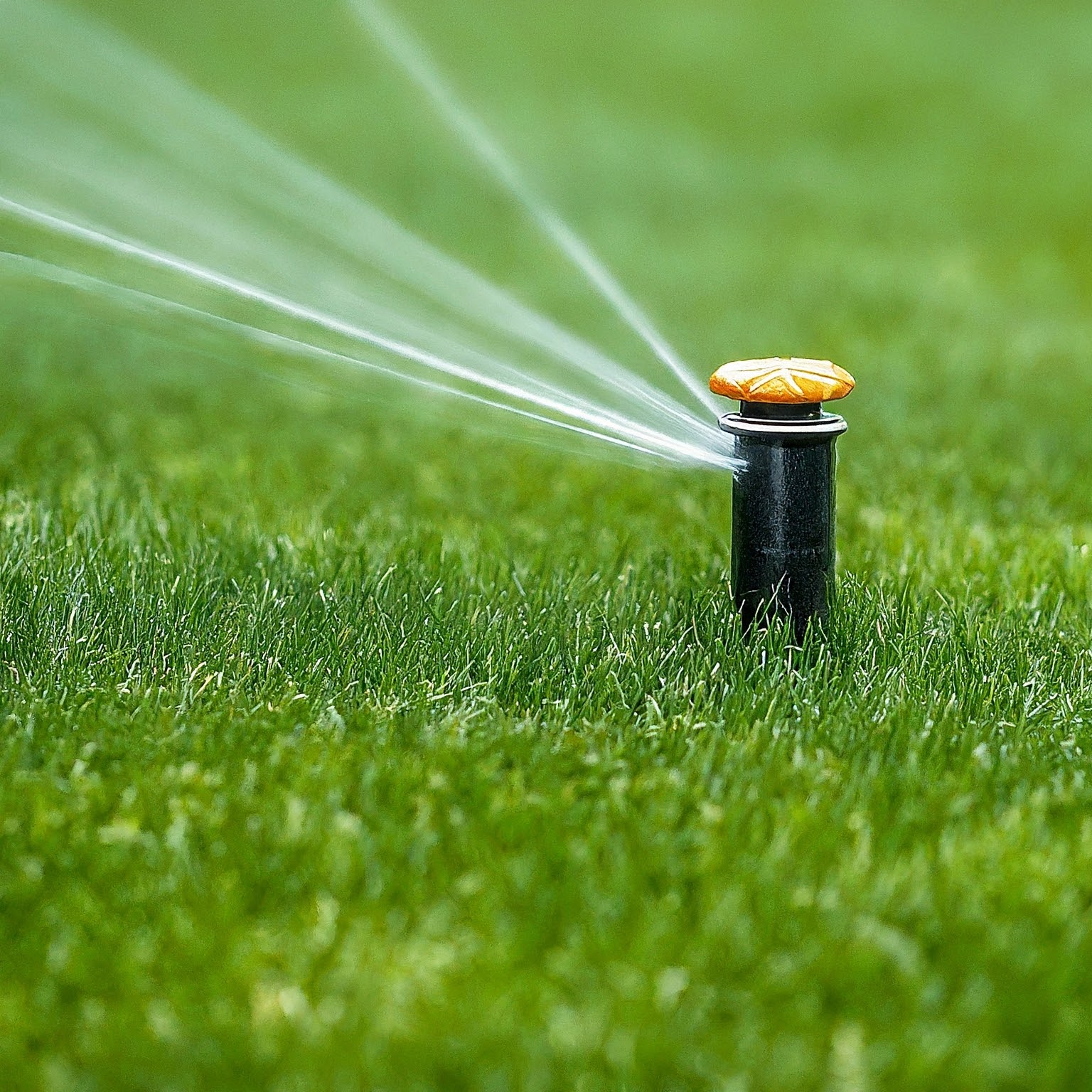
Getting Started with Green Building: Resources and Next Steps
Ready to embark on your green building journey? Here are some valuable resources to guide you:
-
The U.S. Green Building Council (USGBC): A non-profit organization leading the charge in promoting sustainable building practices. The USGBC offers a wealth of resources, including educational programs, certifications like LEED (Leadership in Energy and Environmental Design), and a directory of green building professionals.
-
The Department of Energy (DOE): This government agency provides a treasure trove of information on energy-efficient home improvements. The DOE website includes resources on tax credits and other financial incentives available for sustainable building practices. They also offer a helpful tool called the Home Energy Score, which allows you to assess your home’s energy efficiency and identify areas for improvement.
-
Energy Star: A joint program by the Environmental Protection Agency (EPA) and the Department of Energy. Energy Star helps identify energy-efficient appliances and electronics through its recognizable blue label. Choosing Energy Star certified products can significantly reduce your energy consumption and utility bills.
-
Local Resources: Don’t forget to explore resources available in your own community. Many cities and states offer rebates, tax credits, and other incentives for sustainable building practices. Check with your local government agencies or utility companies to see what programs they have available.
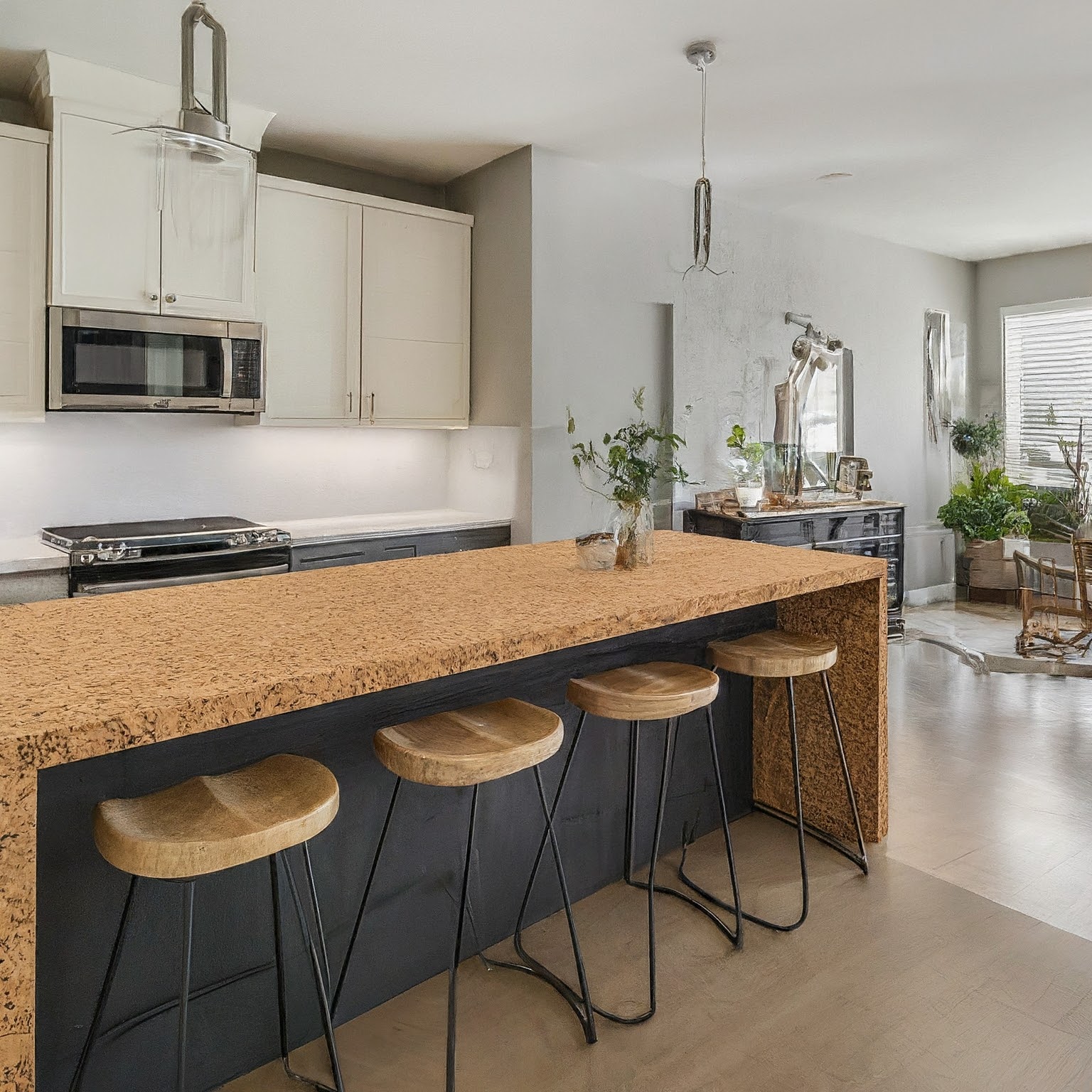
Beyond the Basics: Additional Green Building Strategies
While the features mentioned earlier are a great starting point, there are many other ways to incorporate green principles into your home. Here are some additional ideas to consider:
-
Water Efficiency: Look for ways to conserve water throughout your home. Install low-flow toilets and showerheads, fix leaky faucets promptly, and consider using water-efficient appliances like washing machines and dishwashers.
-
Sustainable Materials: When renovating or replacing building materials, opt for sustainable options like recycled content lumber, bamboo flooring, or cork countertops. These materials not only look beautiful but also reduce your environmental footprint.
-
Natural Light and Ventilation: Maximize the use of natural light in your home by strategically placing windows and skylights. Additionally, improve ventilation by ensuring proper airflow throughout your living space. This can help reduce reliance on artificial lighting and heating/cooling systems.
-
Smart Home Technology: Consider incorporating smart home technology into your green building plan. Smart thermostats, lighting systems, and irrigation controllers can help you automate energy-efficient practices, leading to further cost savings and environmental benefits.
Conclusion: Building a Sustainable Future, One Home at a Time
By embracing green building practices, you’re not just making a wise investment in your property, you’re contributing to a more sustainable future for generations to come. The initial steps may seem daunting, but remember, even small changes can make a significant difference.
Start by researching available options, prioritizing features that align with your budget and goals. There are numerous resources available to guide you on your journey, from government agencies and non-profit organizations to local programs and green building professionals.
As you embark on this exciting path, you’ll discover that green building is not just about the environment; it’s about creating a healthier, more comfortable, and ultimately, more valuable living space for yourself and your loved ones. So, take the first step today and join the movement towards a greener future, one home at a time.






